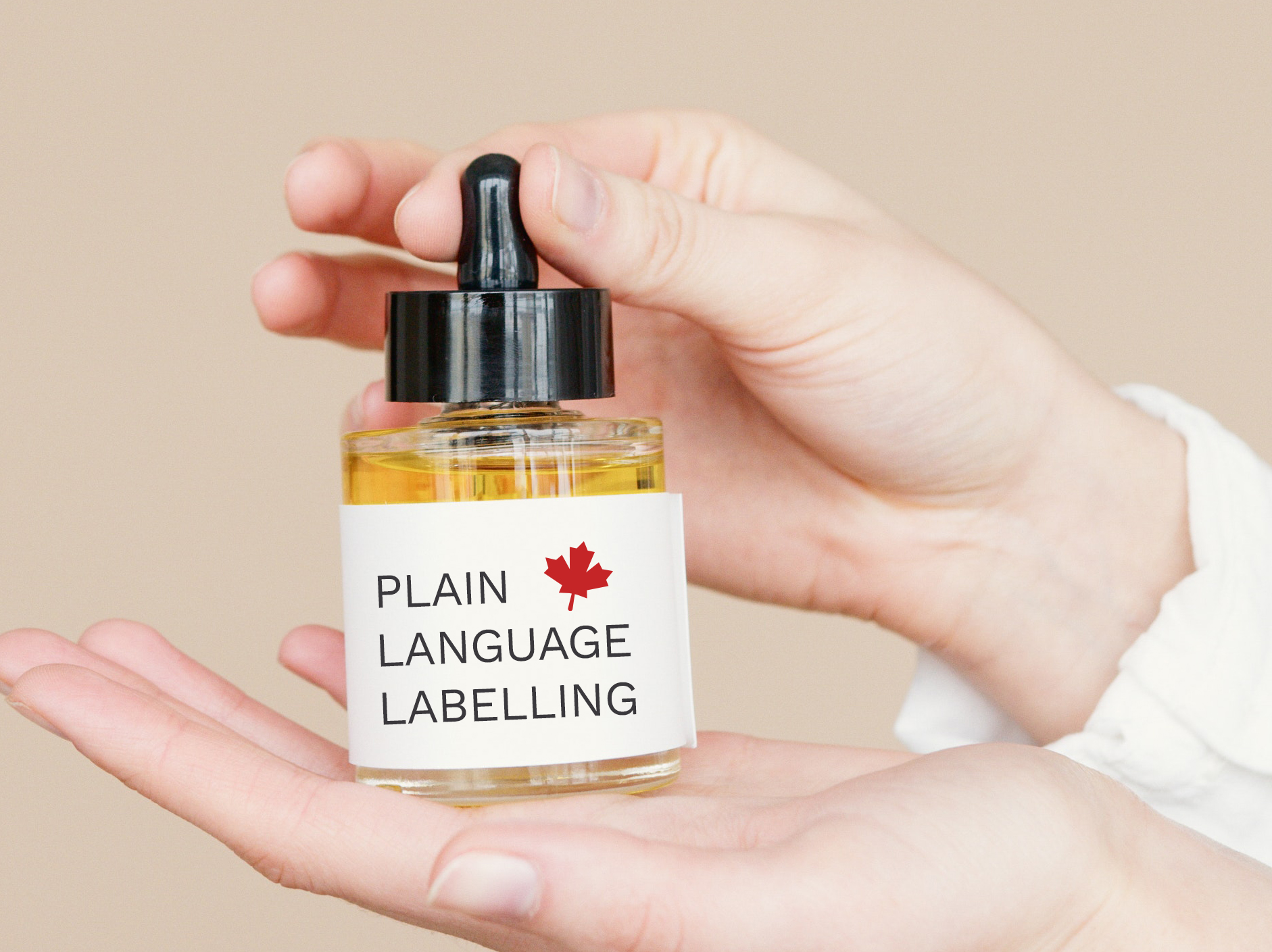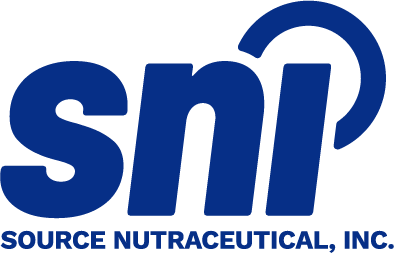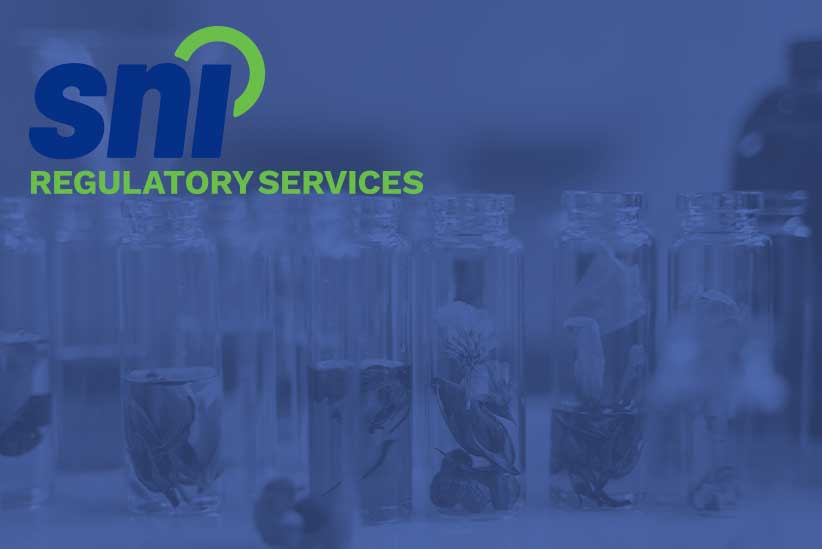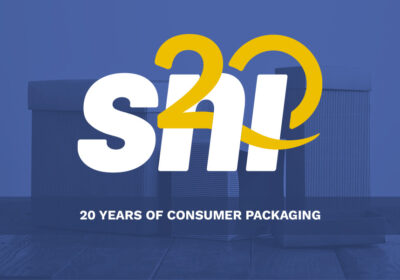Health Canada is proposing amendments to the Natural Health Product Regulations which would introduce some key features in order to make labelling of NHPs more clear, consistent, and legible to the general public. This update would align with the newly implemented Plain Language labelling requirements for non-prescription drugs.
With the ultimate goal of reducing the risk for harm caused by inadequately displayed safety information, we see these updates as a move in the right direction.
The Plain Language Labelling (PLL) Regulations for Non-prescription drugs (NPDs) came into force June 13, 2017 with a transition period for those products already on the market. As of June of this year, all non-prescription drugs on the Canadian shelves were required to be in compliance. The notable changes for the NPDs were a standardized Canadian Drug Facts Table (CDFT) and the requirement to submit mock up artwork with the submission, so Health Canada could assess the fonts, legibility, and presentation of all mandatory information.
.
.
.
.
.
.
.
.
.
.
.
.
.
.
.
.
.
.
.
.
.
.
.
.
.
.
.
.
.
.
.
.
As we await the implementation of these regulations,
there are a few things we can watch for:
1) A Product Facts table:
Having the mandatory information displayed in a consistent, easy-to-read format would certainly add some clarity to a Natural Health Product label. The change to one standardized format has already been done for non-prescription drugs, and in the food-world it was recently updated to make the important information stand out clearly on the label.
2) Labelling of food allergens, gluten, and aspartame:
This will allow consumers to make informed choices, and will help to prevent any avoidable risk when it comes to food allergies.
3) Clearly and prominently displayed label text:
There will be improved legibility requirements, including minimum type sizes, font types and contrast.
4) Modernized contact information:
Out with the old, in with the new! As postal addresses become more and more irrelevant, these proposed regulations would shift to allow instead an e-mail address, telephone number, or website address within an NHP's Product Facts table. Perhaps with a more modernized contact method, Health Canada will see an increase in the rate of adverse reaction reporting. This would provide real world evidence and the tracking needed to effectively monitor the products in the marketplace and keep Canadian consumers safe.
.
.
.
.
.
.
.
.
.
.
.
.
.
.
.
.
.
.
.
.
.
.
.
.
.
.
.
.
.
.
.
.
As with anything, there will be some exemptions to the above requirements, such as very small packages, products with a very short duration of use, or containers containing less than three dosage units.
Health Canada will also be using this opportunity to make updates to the current NHP Regulations in order to clarify some of the existing rules.

This is certainly a step in the right direction, and our team of experts can help you navigate through the changes. This is not the first time that we have helped our clients make the adjustments needed to comply with updated regulations, and it won’t be the last!
Reach out to us today for clarity, more information, or a detailed review of your current products.




